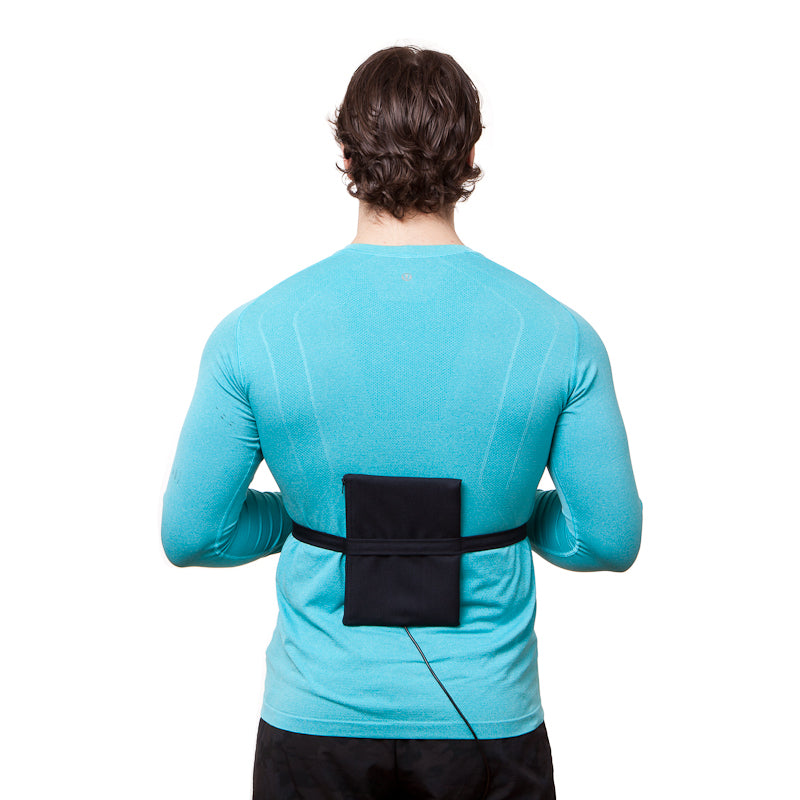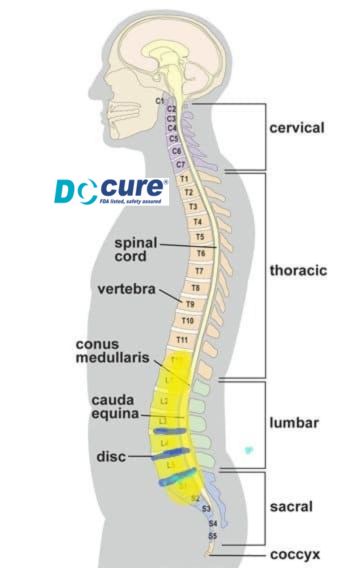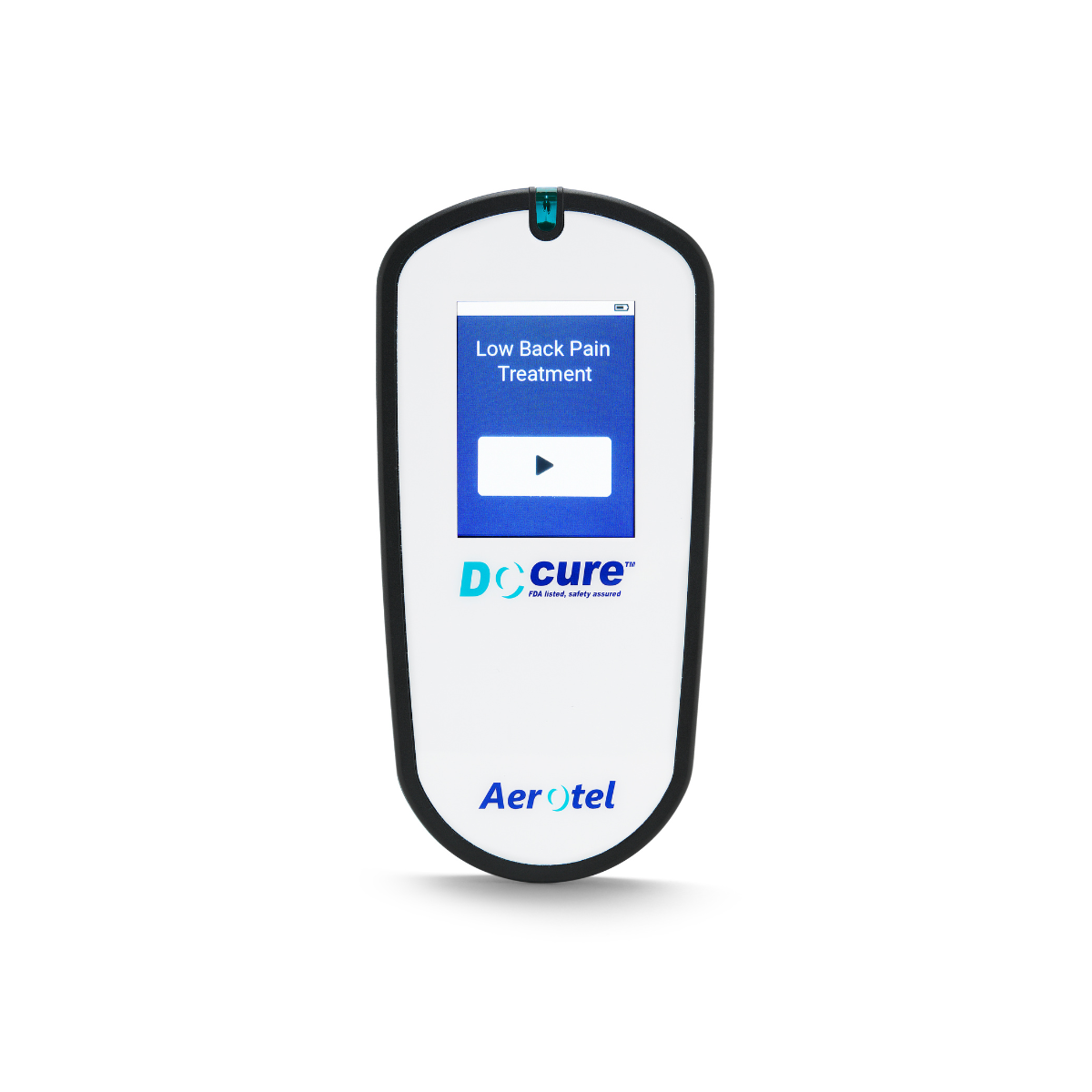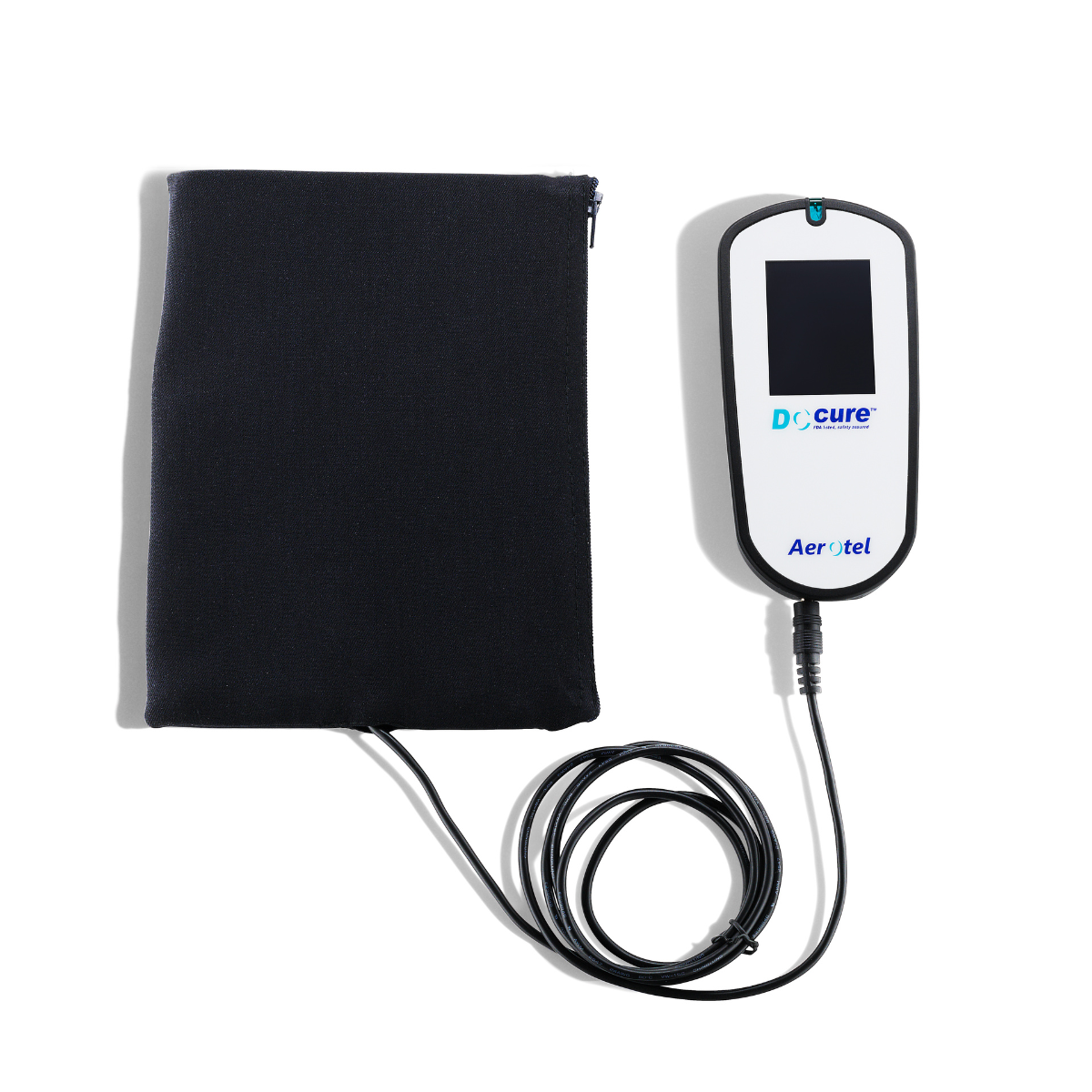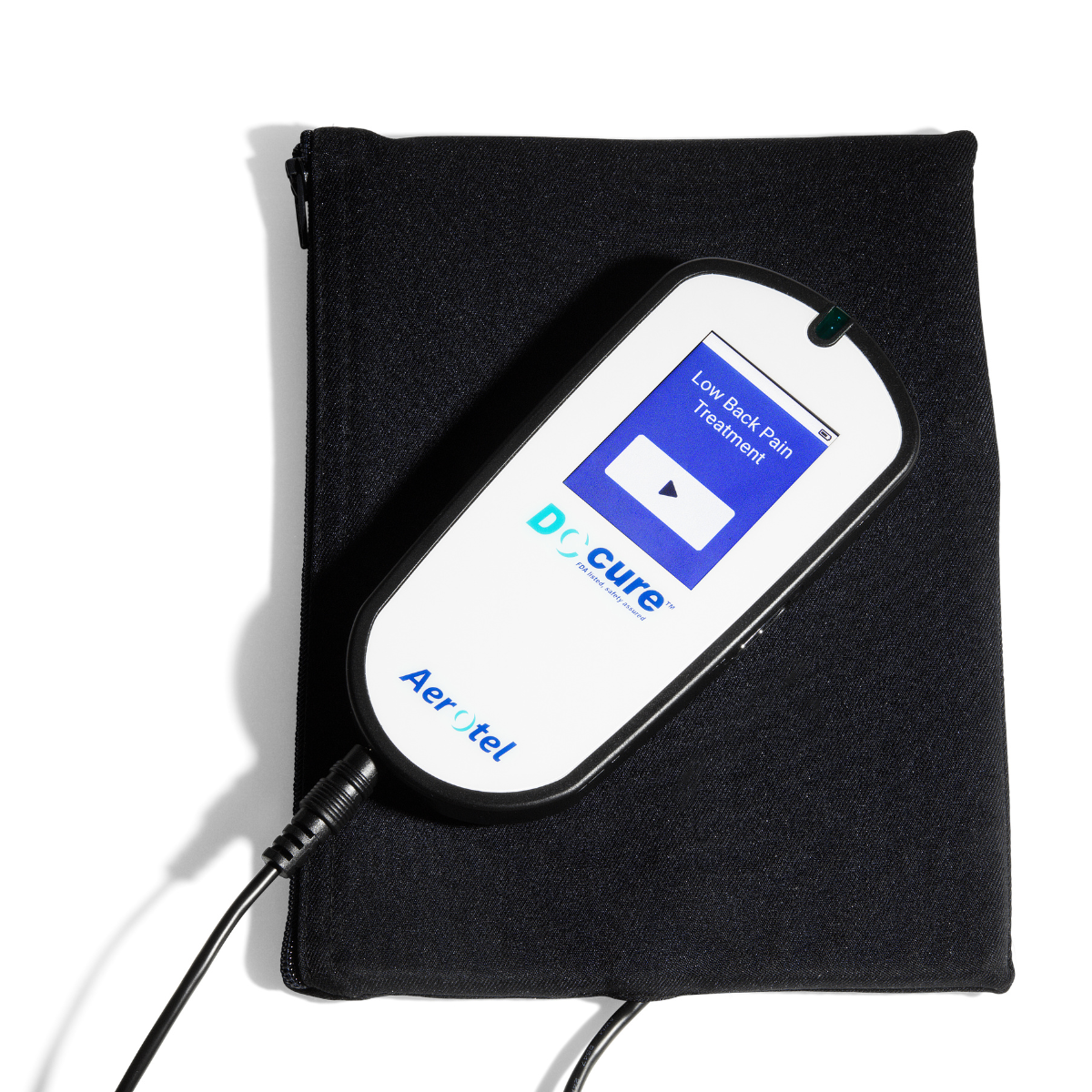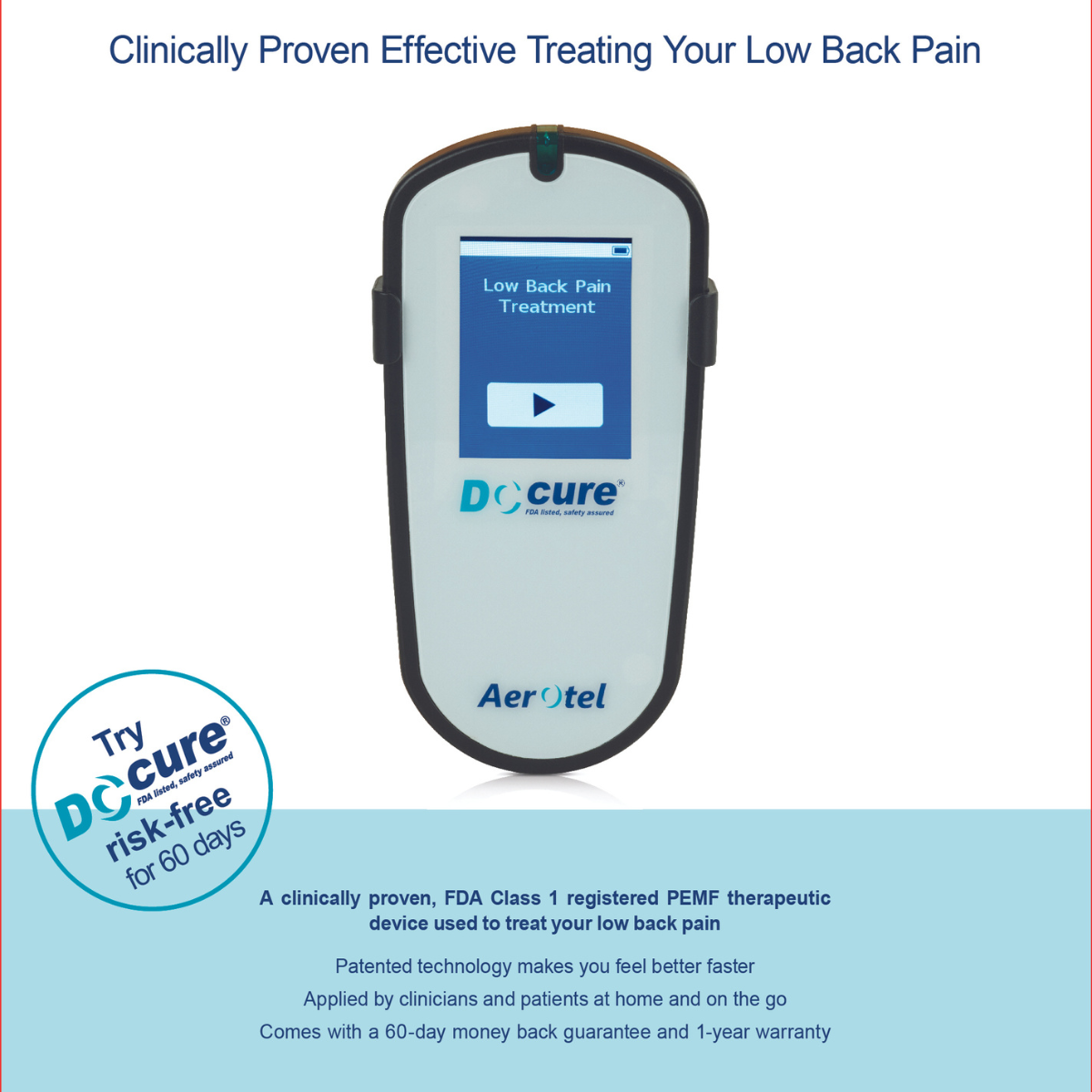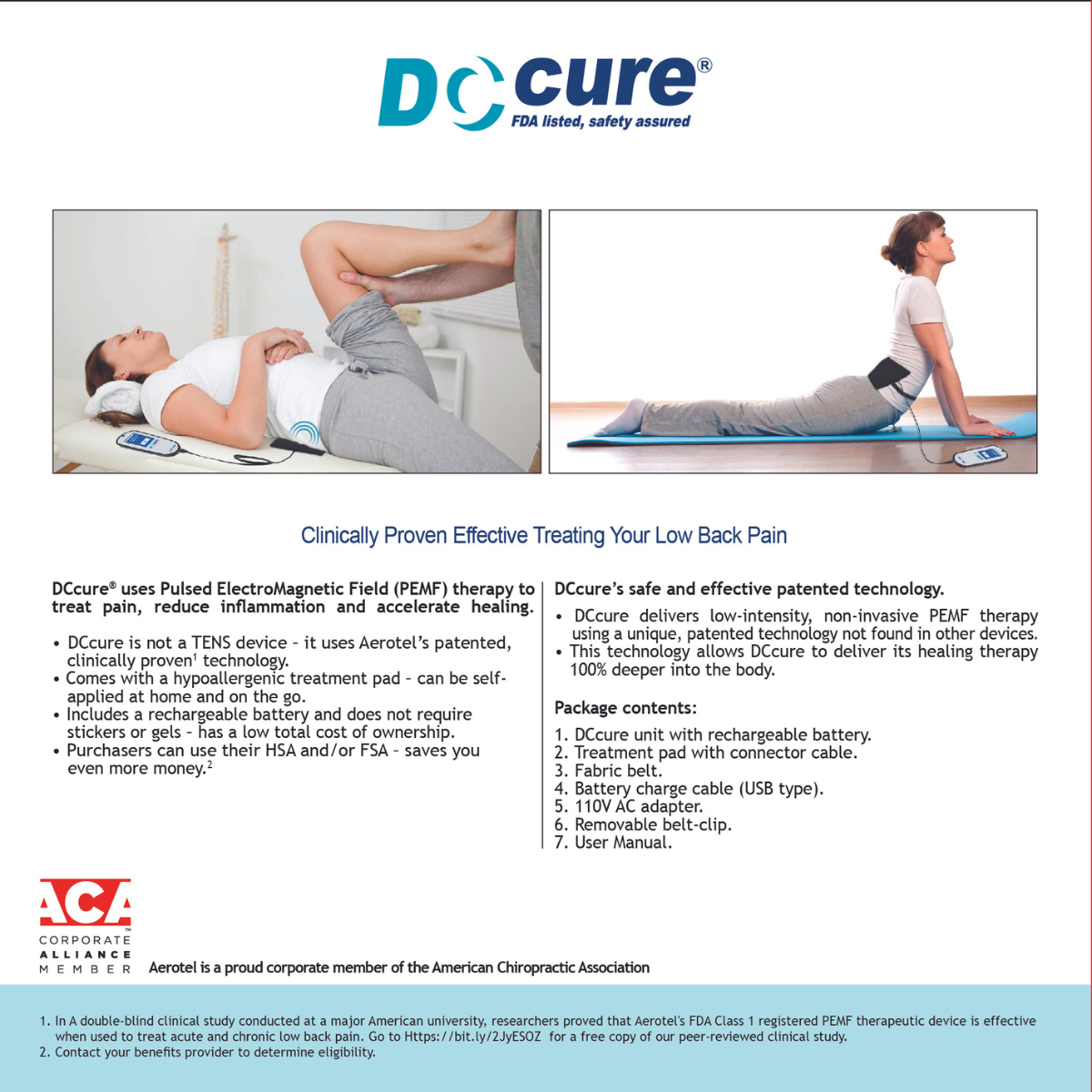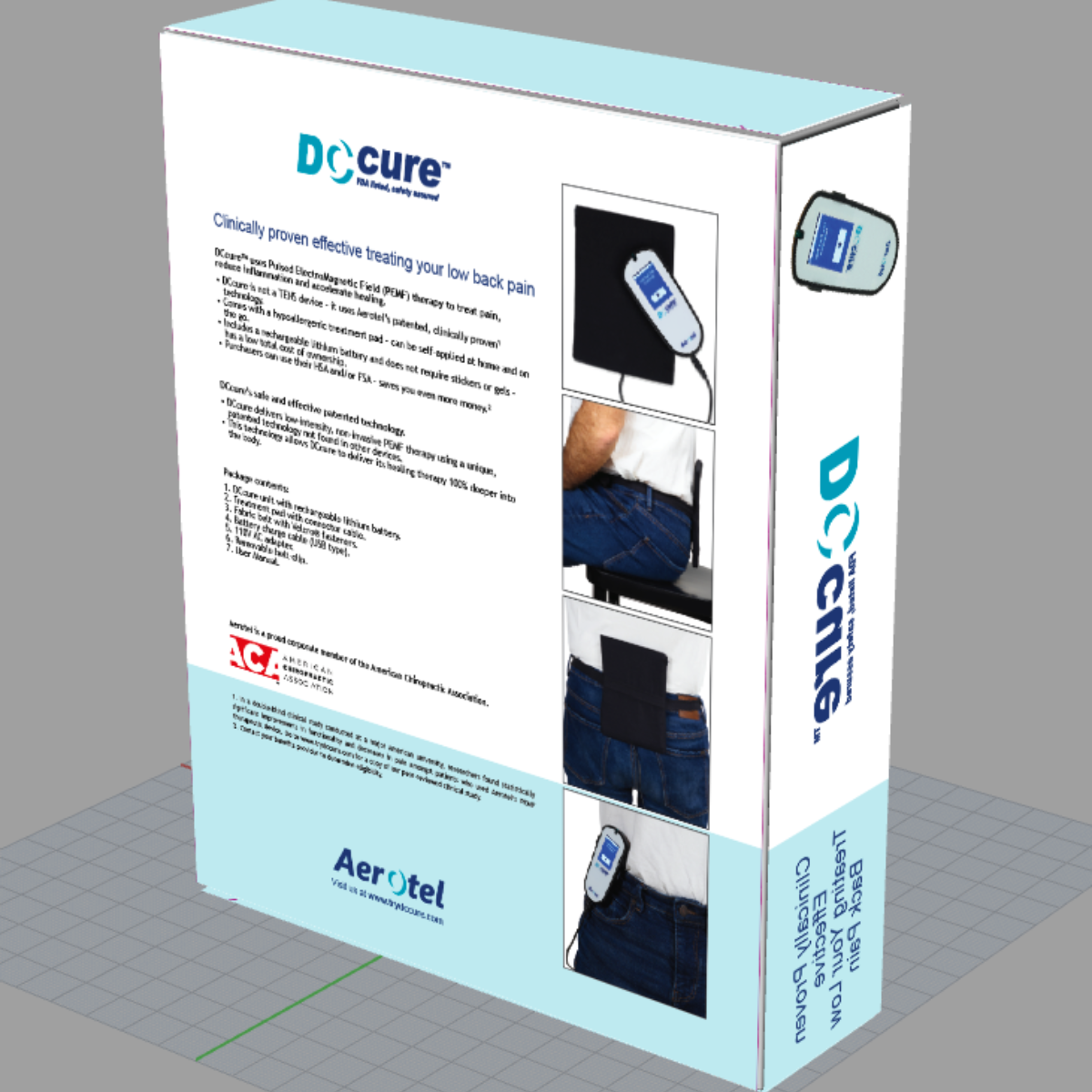Lower back pain is a widespread condition in athletes. Athletes are more prone to lower back pain due to strenuous work. Strenuous activity strains the back and affects even the finest and most fit athletes. Lets us investigate how easy it is Returning to Sports After Lower Back Pain for an athelete. Though the entire spine is used when playing sports, it is estimated that 5-10 percent of all athletic injuries are related to the lower spine.
What is lower back pain in athletes?
Lower back pain in athletes is a symptom, not a disease, and covers multiple medical conditions. European Guidelines for prevention of lower back pain define low back pain as “pain and discomfort, localized below the lower ribs margin and above the inferior gluteal folds, with or without leg pain”. Is it possible for an athelete Returning to Sports After Lower Back Pain. We will check it out today.
What causes lower back pain in athletes?
The majority of athletes experiencing lower back pain have a benign cause. Lower back pain in athletes is mostly due to soft tissue injuries. It is estimated that some causes like ligament sprains, muscle strains, and soft tissue injuries account for as much as 97% of the reasons behind lower back pain in the general adult population. These injuries makes it difficult Returning to Sports After Lower Back Pain
Lumbar strain: Lumbar strain is the most common cause of lower back pain in athletes. [4] A sudden movement, jerking motion, or an over-extension of the lower back muscles usually causes one or more back muscles, tendons, or ligaments to stretch or tear, that can leads to lower back muscle strain. It is mainly at L4 – 5 and L5 –S1 levels.
Herniated disc: It is another common cause of developing lower back pain. A herniated disc puts pressure on the disc leading the outer fiber to rip and the nucleus to rupture. It results in numbness and lower back pain.
Lumbar spondylolysis is significant, especially in inner linemen and gymnastics, due to repetitive hyperextension movements.
Trauma: Trauma to the lower spine is also for lower back pain. It needs specific investigations and urgent checkups by a clinician.
Do you know the PEMF device relieves lower back pain in athletes?
PEMF therapy successfully addresses the impaired chemistry of injured cells, improving health. It provides electromagnetic frequency to the damaged cells in the body and is like charging a drained battery. PEMF therapy can help an athelete Returning to Sports After Lower Back Pain. PEMF therapy benefits patients of all ages, gender, and ethnic backgrounds.
How to treat lower back pain in athletes?
First step: It is advised that as you suspect lower back pain, the very first choice is to get examined by a healthcare provider. He will rule out red flag signs and severe health problems. Athletes’ treatment of lower back pain is usually conservative, which refers to non-surgical methods.
Second step: Non-pharmacological options are preferred over medications. These might include physical therapy, PEMF therapy, massage, strengthening exercises, and sometimes heat therapy.
Third step: In the next move, you can use anti-inflammatory medication. Over-the-counter pain killers are the first choice. These are helpful to relieve lower back pain but have side effects in the long term.
Fourth step: If lower back pain is not relieved despite using all other techniques, we can try surgical or invasive procedures.
Can I play sports with lower back pain?
Return to play after low back pain depends on the nature of the injury. Seeking earlier pain relief may result in an earlier return to play and prevent more severe damage.
It is pretty comfortable for most athletes to resume their sports activities after sufficient pain relief and restoration of range of motion. But some with spinal fusion are typically restricted from participating in full-contact sports.
